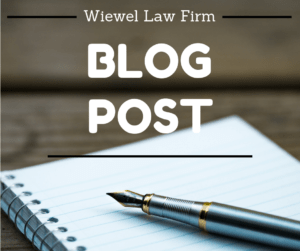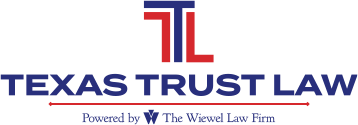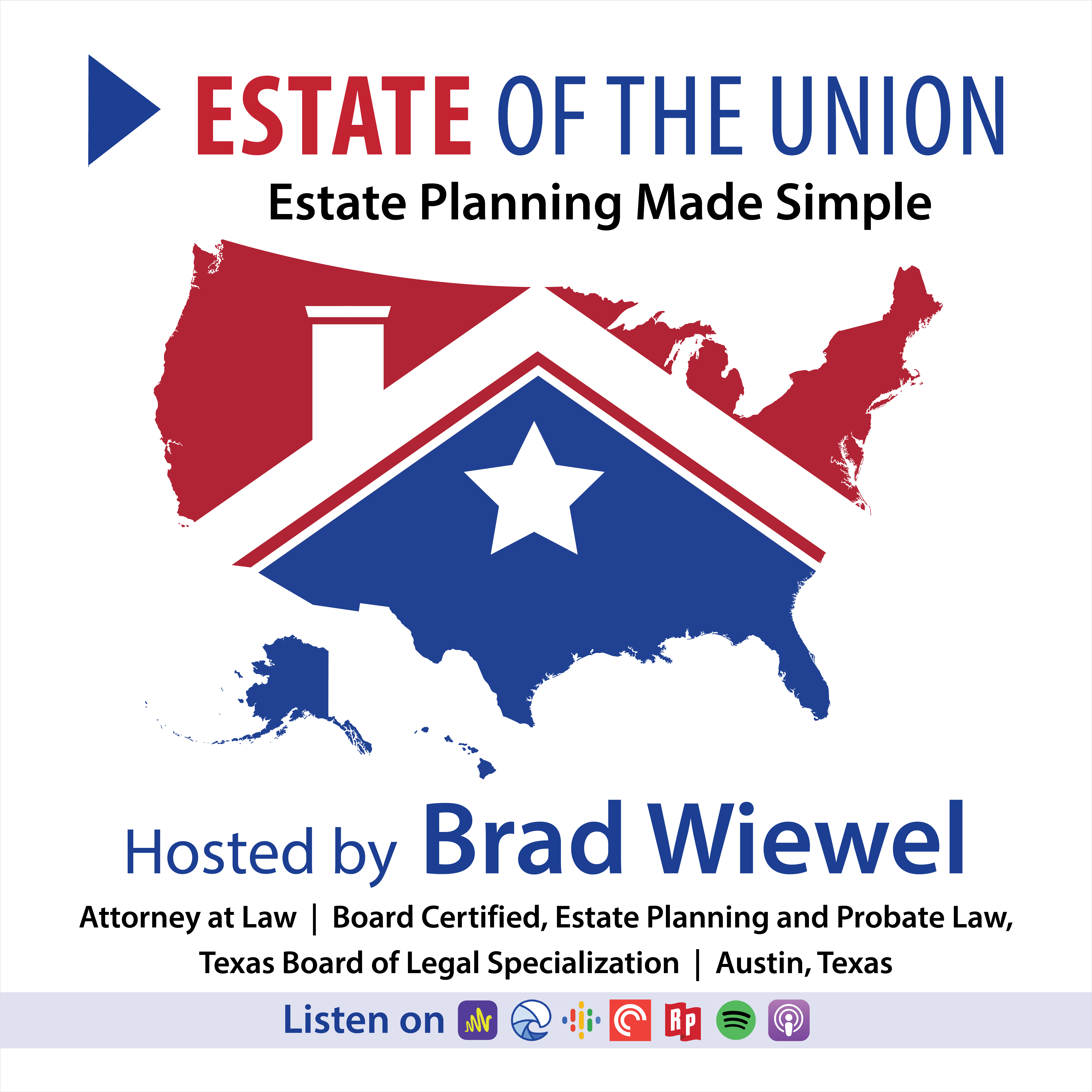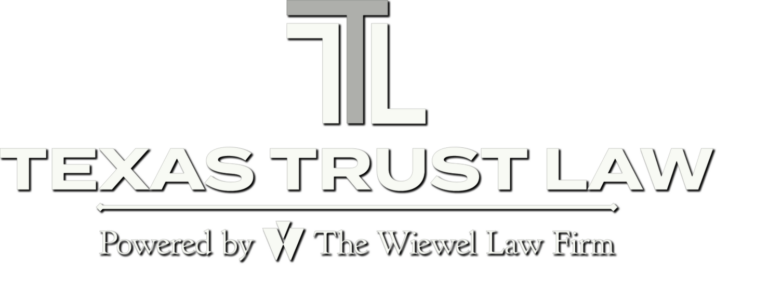
Family Farm Requires Complex Planning
The family is at the center of most farms and agricultural businesses. Each family has its own history, values and goals. The family farm requires complex planning. A good place to start the planning process is to take the time to reflect on the family and the farm history, says Ohio County Journal in the recent article “Whole Farm Planning.”
There are lessons to be learned from all generations, both from their successes and disappointments. The underlying values and goals for the entire family and each individual member need to be articulated. They usually remain unspoken and are evident only in how family members treat each other and make business decisions. Articulating and discussing values and goals makes the planning process far more efficient and effective.
An analysis of the current state of the farm needs to be done to determine the financial, physical and personnel status of the business. Is the family farm being managed efficiently? Are there resources not being used? Is the farm profitable and are the employees contributing or creating losses? It is also wise to consider external influences, including environmental, technological, political, and governmental matters.
Five plans are needed. Once the family understands the business from the inside, it’s time to create five plans for the family: business, retirement, estate, transition and investment plans. Note that none of these five stands alone. They must work in harmony to maintain the long-term life of the farm, and one bad plan will impact the others.
Most planning in farms concerns production processes, but more is needed. A comprehensive business plan helps create an action plan for production and operation practices, as well as the financial, marketing, personnel, and risk-management. One method is to conduct a SWOT analysis: Strengths, Weaknesses, Opportunities and Threats in each of the areas mentioned in the preceding sentence. Create a realistic picture of the entire farm, where it is going and how to get there.
Retirement planning is a missing ingredient for many farm families. There needs to be a strategy in place for the owners, usually the parents, so they can retire at a reasonable point. This includes determining how much money each family member needs for retirement, and the farm’s obligation to retirees. Retirement age, housing and retirement accounts, if any, need to be considered. The goal is to have the farm run profitably by the next generation, so the parent’s retirement will not adversely impact the farm.
Transition planning looks at how the business can continue for many generations. This planning requires the family to look at its current situation, consider the future and create a plan to transfer the farm to the next generation. This includes not only transferring assets, but also transferring control. Those who are retiring in the future must hand over not just the farm, but their knowledge and experience to the next generation.
Estate planning is determining and putting down on paper how the farm assets, from land and buildings to livestock, equipment and debts owed to or by the farm, will be distributed. The complexity of an agricultural business requires the help of a skilled estate planning attorney who has experience working with farm families. The estate plan must work with the transition plan. Family members who are not involved with the farm also need to be addressed: how will they be treated fairly without putting the farm operation in jeopardy?
Investment planning for farm families usually takes the shape of land, machinery and livestock. Some off-farm investments may be wise, if the families wish to save for future education or retirement needs and achieve investment diversification. These instruments may include stocks, bonds, life insurance or retirement accounts. Farmers need to consider their personal risk tolerance, tax considerations and time horizons for their investments.
The family farm requires complex planning, but coordinating your retirement, estate, business and transition goals will give you peace of mind.
If you would like to read more about planning for farm families, please visit our previous posts.
Reference: Ohio County Journal (Feb. 11, 2021) “Whole Farm Planning”




